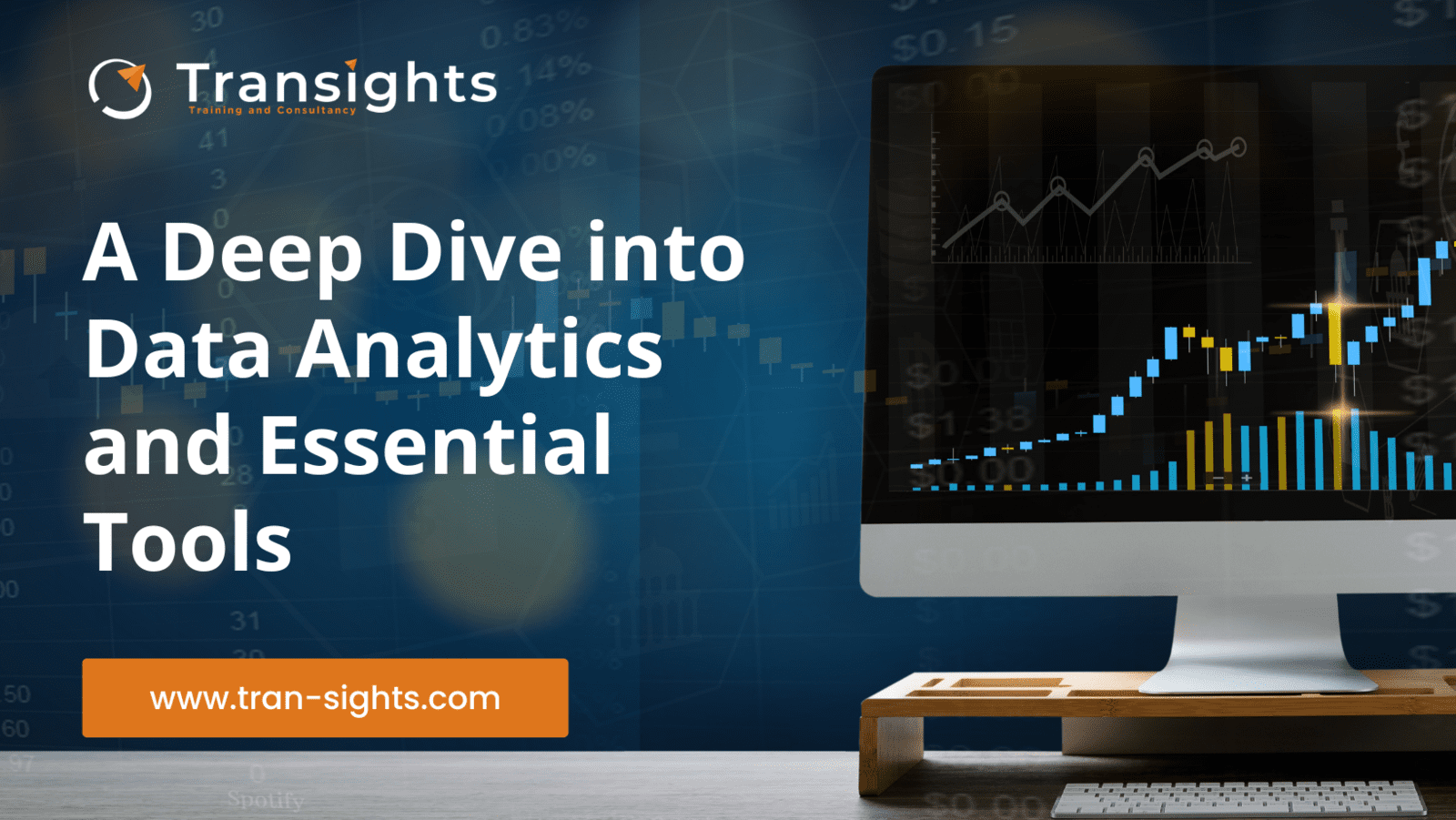
In the age of information, data has become the lifeblood of organizations, offering a treasure trove of insights waiting to be unearthed. Data analytics, the systematic exploration of raw data to derive meaningful patterns and insights, has emerged as a critical driver of decision-making and innovation across industries. This article explores the fascinating realm of data analytics and the essential tools that empower analysts to extract actionable intelligence from vast datasets.
Understanding Data Analytics:
Understanding Data Analytics:
Data analytics involves the application of statistical and mathematical techniques to analyze raw data, transforming it into valuable insights that guide decision-making. The process encompasses various stages, from data collection and cleaning to analysis and interpretation. Effective data analytics not only informs past and present but also predicts and prescribes future actions.
Key Components of Data Analytics:
Key Components of Data Analytics:
1- Data Collection and Integration:
1- Data Collection and Integration:
The first step in any data analytics process is collecting relevant data from diverse sources. This can include structured data from databases, unstructured data from social media, or semi-structured data from sensors. Integrating these disparate datasets is crucial for creating a comprehensive and unified view.
2- Data Cleaning and Transformation:
2- Data Cleaning and Transformation:
3- Exploratory Data Analysis (EDA):
3- Exploratory Data Analysis (EDA):
EDA involves visually exploring and summarizing data to identify patterns, trends, and outliers. This phase helps analysts gain a preliminary understanding of the dataset and informs subsequent analytical approaches.
4- Statistical Analysis and Machine Learning:
4- Statistical Analysis and Machine Learning:
Statistical methods help uncover relationships within the data, while machine learning algorithms can identify complex patterns and make predictions. These techniques are pivotal in predictive analytics, classification, clustering, and regression analysis.
Essential Tools in Data Analytics:
Essential Tools in Data Analytics:
4- Statistical Analysis and Machine Learning:
4- Statistical Analysis and Machine Learning:
Statistical methods help uncover relationships within the data, while machine learning algorithms can identify complex patterns and make predictions. These techniques are pivotal in predictive analytics, classification, clustering, and regression analysis.
Essential Tools in Data Analytics:
Essential Tools in Data Analytics:
1- Programming Languages:
1- Programming Languages:
- Python: Widely used for its simplicity and versatility, Python has a rich ecosystem of libraries such as Pandas, NumPy, and Scikit-Learn for data manipulation, analysis, and machine learning.
- R: A statistical programming language, R is favored for its robust statistical packages and visualization capabilities, making it ideal for data exploration and analysis.
2- Data Visualization Tools:
2- Data Visualization Tools:
- Tableau: Known for its intuitive interface, Tableau allows users to create interactive and visually compelling dashboards, facilitating effective communication of insights.
- Power BI: Microsoft's Power BI enables users to visualize and share data insights across an organization, offering a seamless integration with other Microsoft tools.
3- Big Data Tools:
3- Big Data Tools:
- Hadoop: An open-source framework for distributed storage and processing of large datasets, Hadoop is instrumental in handling big data.
- Spark: Built on top of Hadoop, Apache Spark is a fast and general-purpose cluster-computing framework, enhancing data processing speed.
4- Database Management Systems:
4- Database Management Systems:
- SQL (Structured Query Language): Essential for managing and querying relational databases, SQL is a fundamental skill for data analysts.
- NoSQL Databases (MongoDB, Cassandra): Suited for handling unstructured or semi-structured data, NoSQL databases provide flexibility and scalability.
Challenges and Future Trends:
Challenges and Future Trends:
As organizations increasingly rely on data analytics, they face challenges such as data privacy, security, and the shortage of skilled professionals. Additionally, emerging trends like augmented analytics, automated machine learning, and edge analytics are reshaping the landscape, promising new possibilities for the future.
Conclusion:
Data analytics is a dynamic field that empowers organizations to transform raw data into actionable insights, driving informed decision-making. The tools discussed here represent the technological backbone of this transformative process. As the data landscape continues to evolve, staying abreast of emerging tools and techniques will be paramount for organizations seeking to harness the full potential of their data and gain a competitive advantage in today's data-driven world.

